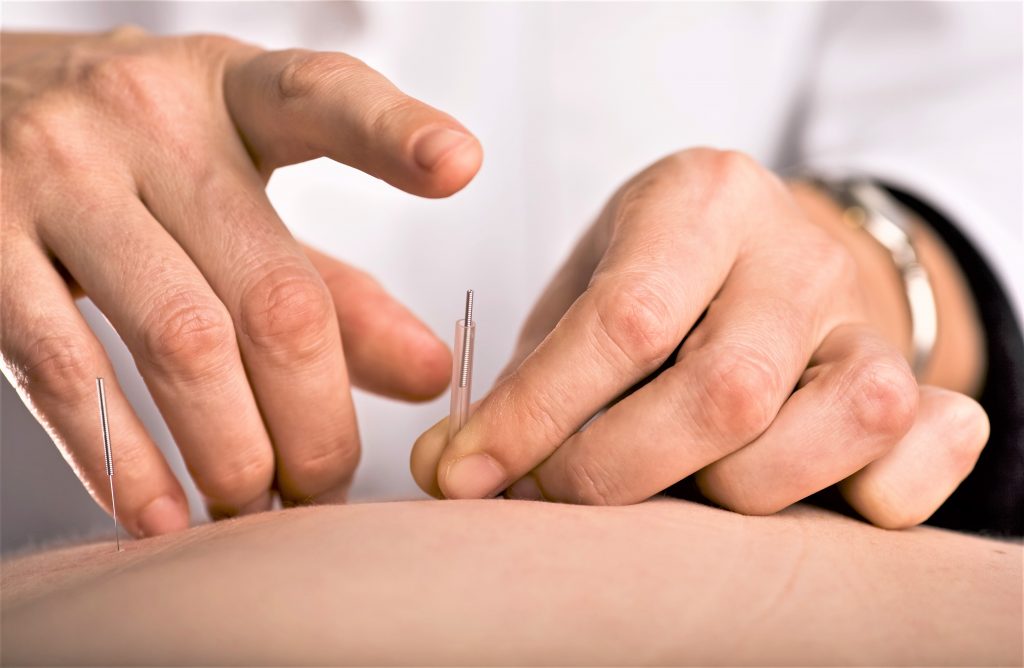Acupuncture
Acupuncture
What is Acupuncture?
Acupuncture is one of the key modalities of treatment utilized by Traditional Chinese Medicine Practitioners in their treatment of diseases. As a standalone treatment, Acupuncture has shown to produced in treating numerous disorders, both internal and external (see below for a list of diseases Acupuncture can help treat); it has also been seen to increase treatment efficacy when paired with other therapies such as Massage Therapy (Tui-na) and Chinese Herbal Medicine.
In ancient times, acupuncture was performed using needles made of sharpened rocks known as “bian shi”; in modern acupuncture, thin filiform needles made of stainless steel are used instead. These modern needles are hair-like in their thinness, and are usually painless when inserted.

How does it work?

The needles are inserted into specific points on the body—called acupuncture points, or “xue” in Chinese—that are found along the meridians of the body, the channels through which the body’s qi or life energy flows. By stimulating specific points or combinations of points with the needles, your practitioner can redirect, replenish, or dissipate qi, causing reactions in the body that restore harmony and guide it down the path of natural healing.
During treatment, you may feel a dull tenderness or heaviness with the insertion of the needle — this is a normal reaction called de qi, and is a good indicator that the correct points have been selected.
What can acupuncture help me with?
The World Health Organization (WHO) has recognized acupuncture as an effective treatment for the following conditions and diseases:
Mental-Emotional:
- Anxiety
- Depression
- Stress
- Insomnia
Upper Respiratory Tract:
- Acute sinusitis
- Acute rhinitis
- Common cold
- Acute tonsillitis
Respiratory System:
- Acute bronchitis
- Bronchial asthma (most effective in children and patients who are without complicating diseases
Oral disorders:
- Toothache and post-extraction pain
- Gingivitis
- Acute and chronic pharyngitis
Gastrointestinal Disorders:
- Hiccough
- Acute and chronic gastritis
- Acute and chronic colitis
- Acute bacillary dysentery
- Constipation
- Diarrhea
Neurological and Musculoskeletal Disorders:
- Headache and migraine
- Trigeminal neuralgia (TMJ)
- Facial palsy (early stage, i.e. within six months)
- Pareses following a stroke
- Peripheral neuropathies
- Meniere’s disease
- Neurogenic bladder dysfunction
- Nocturnal enuresis (bedwetting)
- Intercostal neuralgia
- Cervicobrachial syndrome
- Frozen shoulder and tennis elbow
- Sciatica
- Low-back pain
- Osteoarthritis